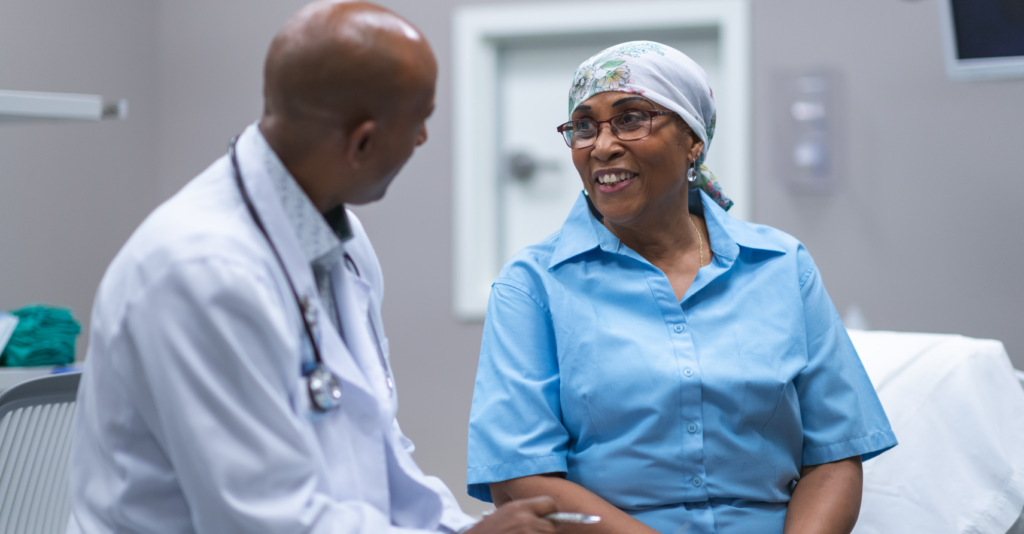
What happens in your body when you have Myelodysplastic Syndromes (MDS)?
Symptoms of MDS
Common symptoms of small cell lung cancer include:
- Blood-Related Symptoms:
- Fatigue or weakness (due to anemia)
- Shortness of breath
- Pale or sallow skin
- Easy bruising or bleeding (due to low platelets)
- Frequent infections (due to low white blood cells)
- General Symptoms:
- Unexplained weight loss
- Loss of appetite
- Fever or night sweats
- Dizziness or lightheadedness
Causes and Risk Factors of MDS
Risk factors that may increase your chance of developing NSCLC include:
- Previous chemotherapy or radiation treatment (therapy-related MDS)
- Older age (most common in people over 60)
- Smoking
- Exposure to industrial chemicals like benzene
- Long-term exposure to heavy metals (e.g., lead, mercury)
- Genetic predispositions or inherited syndromes
- Family history of blood disorders
Accessing the Best Myelodysplastic Syndrome Care
Expert Tips
- Get information about choosing an MDS specialist or treatment center
- Talk with loved ones about how they can help you
- Find out what your insurance covers
- Find out if you have any specific mutations and how that relates to treatment
- Talk openly with your doctor about your fears or concerns
- Determine if financial assistance is available
MDS Access & Early Detection Programs
Provides digital literacy skills training with a series of easy-to-follow video modules, coupled with resource guides to educate you on technology and online support tools.
Having cancer or caring for someone with cancer can feel really lonely and extremely isolating. We created PEN-Powered Activity Guides to help you cope, relax, and, hopefully, feel a little less overwhelmed.


